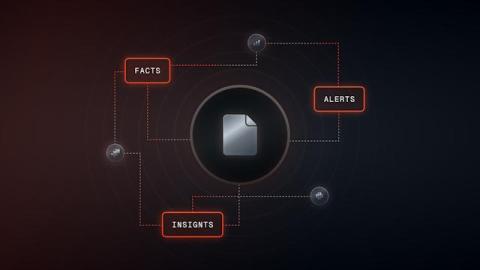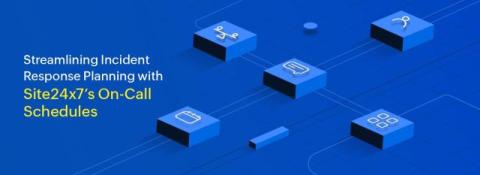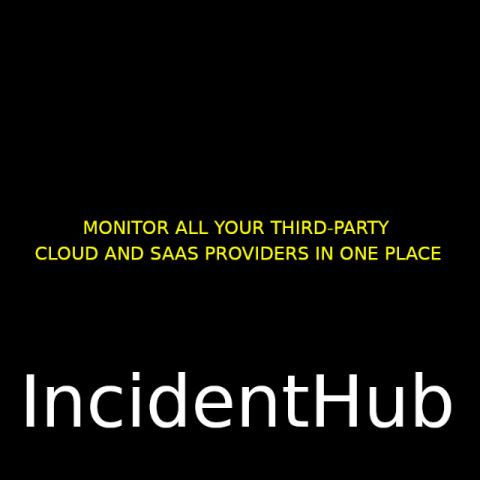Our simple incident post-mortem template
Clean, clear, and ready to be customized to suit your needs. Google Docs Having a dedicated incident post-mortem is just as important as having a robust incident response plan. The post-mortem is key to understanding exactly what went wrong, why it happened in the first place, and what you can do to avoid it in the future.











